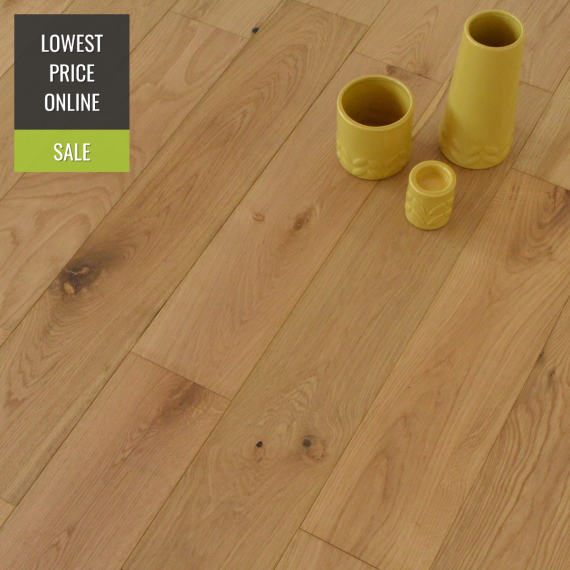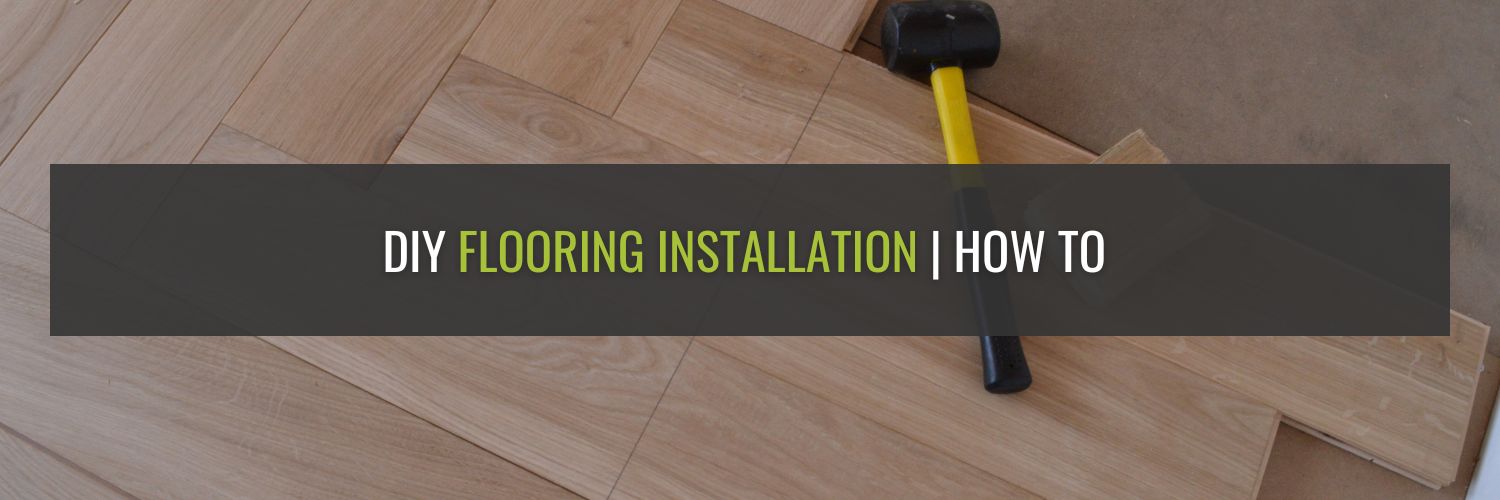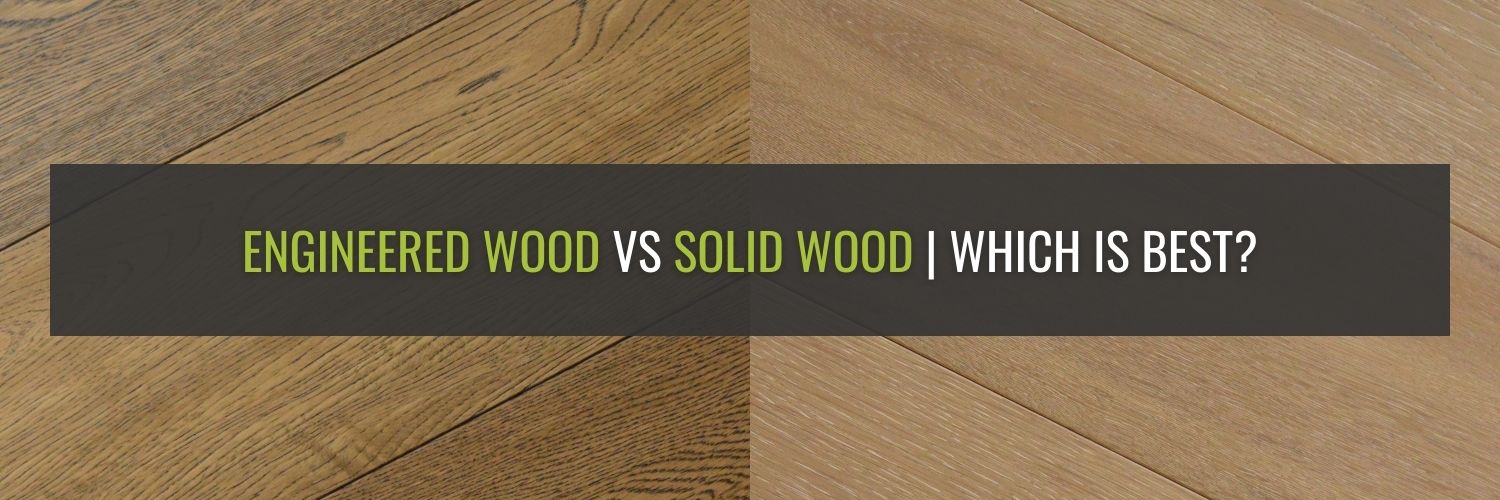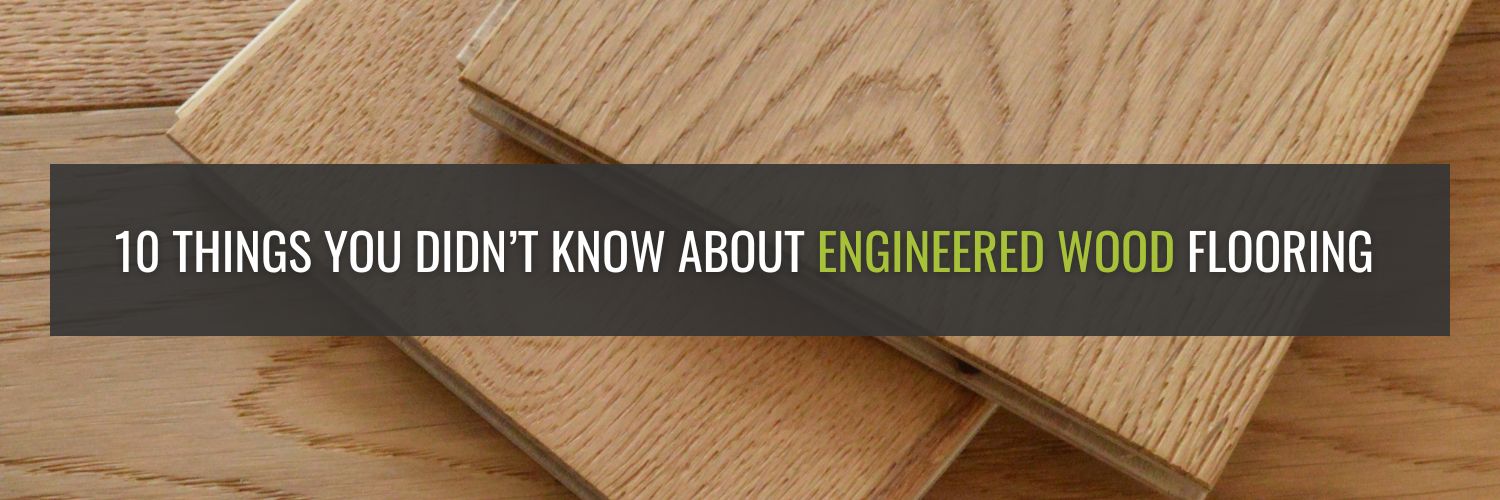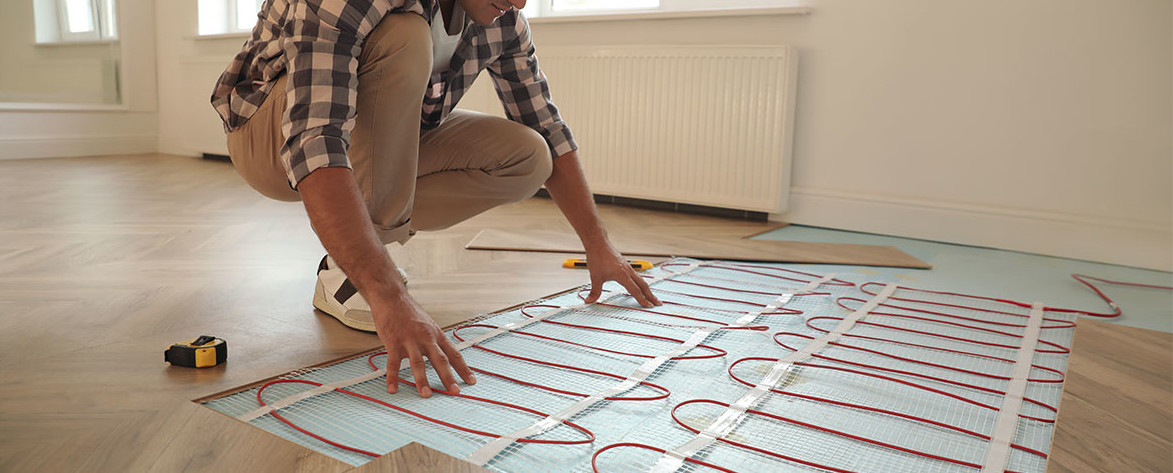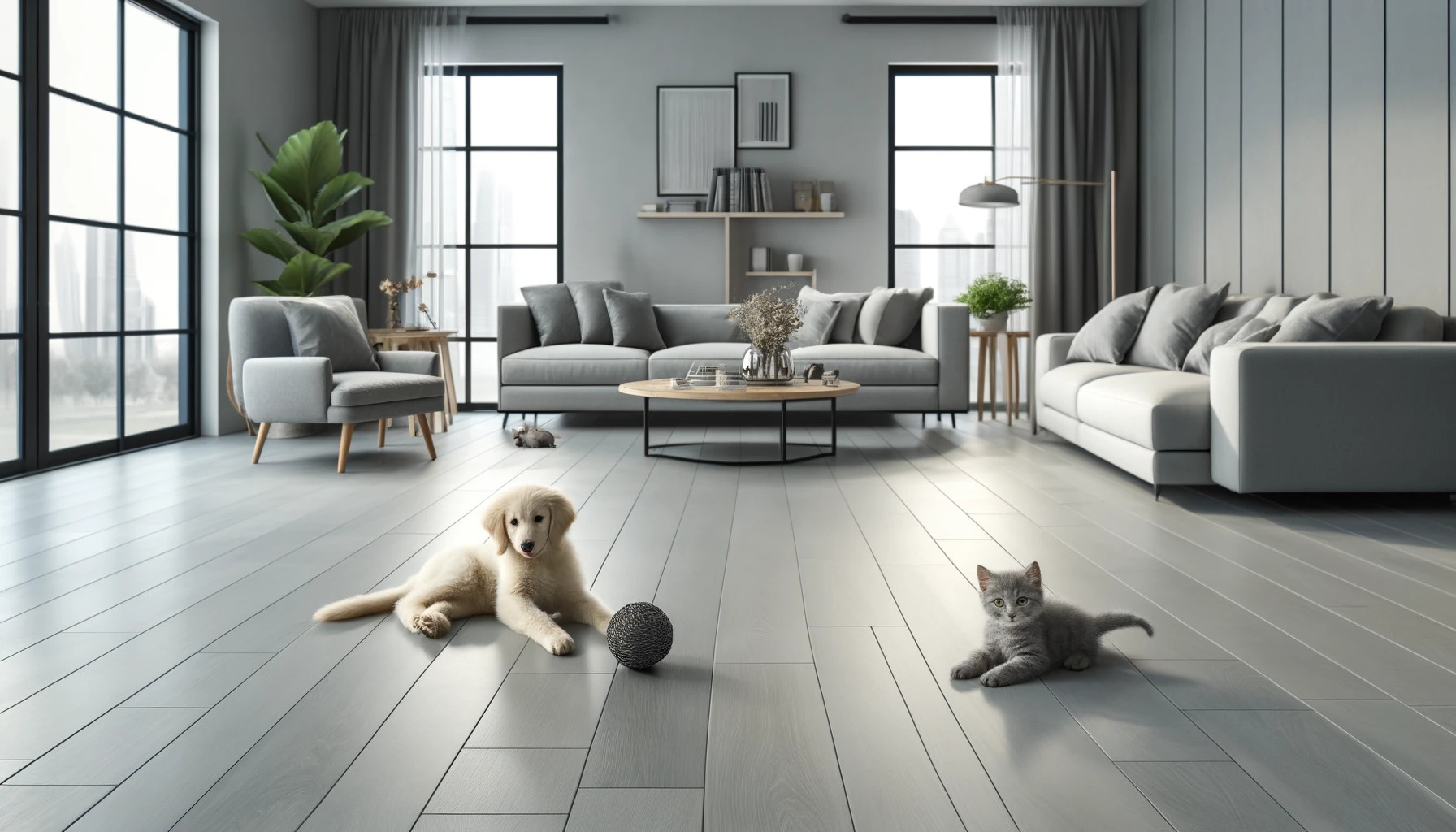Saving Money On Engineered Wood Flooring | How To
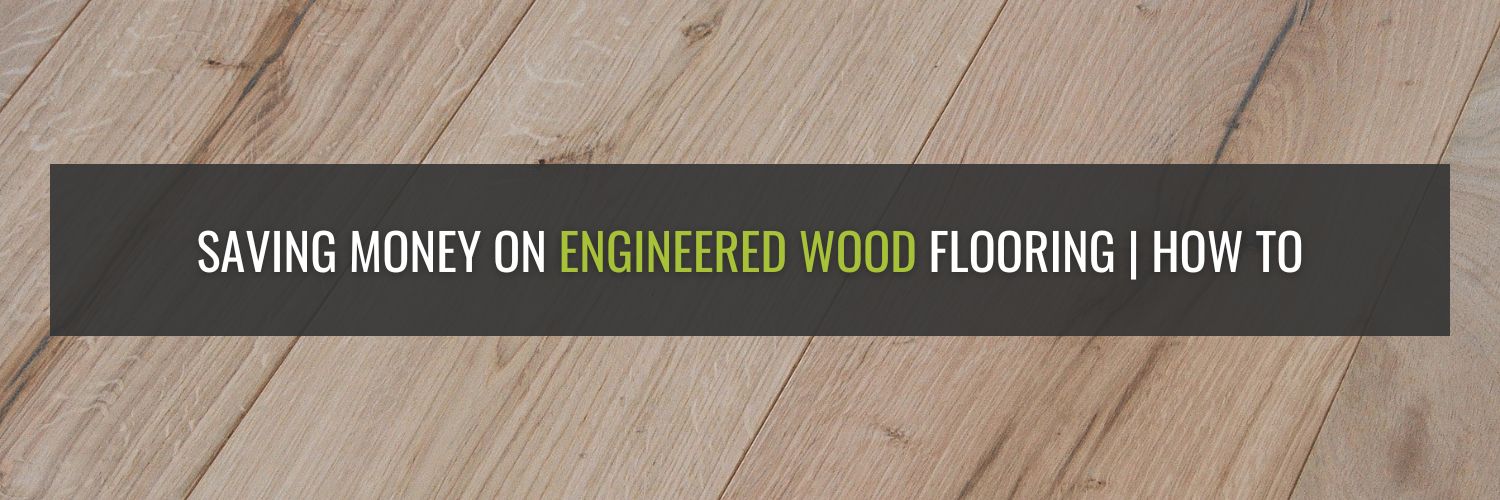
Get More For Your Money On Engineered Wood Flooring, Using Our How To Guide...
It’s no secret that the day-to-day cost of living has increased, which can make spending on luxuries that little bit more difficult. Whilst a renovation, redecoration or new flooring project might not be at the top of your list at the moment, it can still be done on a budget.
Adding a new engineered wood floor to your home will not only add the wow factor to your home, it could actually add value too, which makes it a great investment at any time.
If you’re looking to buy a new engineered floor for your home, it always pays to do your research and there are plenty of ways you can keep costs down. Our latest blog looks at the tips and tricks you can use to get the best possible value for money, but first, let’s take a look at the basics…
Which Is Cheaper, Solid Wood, Engineered Wood, Or Laminate Wood Flooring?
Of the three main wood flooring types, laminate wood flooring will usually be the most cost effective. Its construction of compressed High Density Fibreboard (HDF) with a photographic top layer provides a long-lasting floor that’s hard wearing and offers the appearance of wood.
Solid and engineered wood flooring however, whilst being slightly more expensive are preferred by customers with a slightly larger budget, looking for a truly authentic real wood experience.
Is Engineered Wood Flooring Good Value For Money?
Absolutely! Engineered wood flooring is made using more cost-effective structural sublayers, with a real wood top layer (or ‘wear layer), which makes it cheaper than solid wood flooring, whilst providing an identical finish when laid.
What’s more, not only does it offer the aesthetic appeal of solid wood, but it can also be more structurally stable, thanks to its construction, as well as having more options available, especially in longer and wider length boards.
It’s rapidly becoming the most popular option for customers looking for a real wood flooring finish.
Our Clearance Engineered Wood Flooring Top Picks
How To Save Money On Engineered Wood Flooring
Opt For Random Lengths
Whilst some people prefer the uniformity of fixed-length floorboards, where every board is the same, it can be more costly, thanks to the extra time and material needed for each board.
Random-length flooring, which can be cheaper, can also add a little extra character, depending on your preference. We think the mixture of longer and shorter boards creates a bit of interest when laid as well as helping to cover up any minor imperfections in the room.
Shop Clearance & End Of Line Floors
If you’re quick you can often get great bargains on clearance and end-of-line floors. In some cases, you may need to keep an open mind and consider other flooring types and finishes, but if you do, you could pick up a new floor that’s either heavily discounted or offered in a job lot.
We have a wide range of discounted flooring in our engineered wood flooring sale and job lot flooring categories.
Choose Something Popular
The more popular the flooring style, generally, the larger quantities available, meaning a lower price. If you’re looking for a new floor, think about the more popular floors on the market, such as natural oaks.
Pick Common Species
Another thing to consider is the species of wood. As we’ve mentioned, oak tends to be more popular than other wood types, which means it’s usually easier to get hold of, in turn, being better value for money.
That’s not to say that other wood species like Walnut and Birch aren’t cost-effective, but you should expect to pay a premium for harder-to-source, less in-demand flooring.
Consider Thinner Boards
As a rule of thumb, the thicker the board the more expensive it will be. Choosing a thinner board can keep costs down, whilst still giving your room that stunning real wood look.
Although thicker boards are generally preferred for enhanced sound absorption, it may not always be necessary, especially if your floor is being laid in a downstairs room for example. What’s more, thinner boards, such as 14mm are actually more beneficial in certain circumstances.
If you’re using an underfloor heating for example, we recommend a slightly thinner board, which allows heat to dissipate more evenly throughout the room.
Choose A Thinner Wear Layer
A wear layer is the top layer of real wood on an engineered wood floor, which gives the appearance of solid wood when laid. Choosing a thinner wear layer will more often than not create considerable savings.
Obviously, you'll need to consider the longevity of your floor, with a thicker wear layer being able to be sanded and refinished more regularly. That said, even wear layers as thin as 3mm can be sanded and refinished.
No matter which thickness of wear layer you choose, your floor will last for years and stay looking great.
Stick With Simple Finishes
There are plenty of finishes when it comes to wood flooring, including brushed, lacquered, and oiled. There are even characterful finishes such as hand-scraped and distressed floors, which can give the appearance of a floor that’s been laid for years, even when new.
Generally, the harder or longer the finishing process is, the more expensive the flooring will be, so it obviously pays to stick with more simple finishes.
A simple matt lacquer or oiled floor will always work out better value than a heavily aged floor that’s undergone extensive wearing. If you’re on a budget, but still looking for a little extra character, consider a brushed finish.
Brushed flooring undergoes light brushing during manufacture to remove softer layers of wood, giving an enhanced finish and deeper, richer wood grain. It really offers the best of both worlds, character and value for money.

Consider Unfinished Flooring
Unfinished flooring is just that, a raw, unfinished floorboard that has a simple wood finish. As there are no oils or lacquers added during manufacture, costs are kept low, which can mean bigger savings.
You’ll need to apply your own protection, (such as an oil or lacquer) to prevent long-term damage and staining, but if you’re willing to do this yourself you can often pick up a bargain.
Finishing your flooring yourself also means you can find the perfect look, with more options for colours, stains, and finishes.
Conclusion
Engineered wood flooring is already one of the most popular flooring types on the market, bringing real wood aesthetics with laminate prices, but if you shop around and plan your project properly you can get even more for your budget.
Be open-minded and have a bit of flexibility in your choices and you’ll definitely find something that works.
As with any flooring project, regardless of budget, planning is key. Be sure to choose a floor that you’re happy with. We offer free unlimited flooring samples so you can trial a few different finishes before you commit, helping save money and get it right the first time.
saving-money-on-engineered-wood-flooring-how-to






